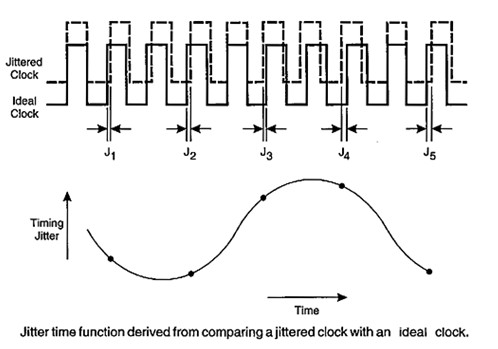-

- Sopto Home
-

- Special Topic
-

- Module Knowledge
-

- Optical Module-Jitter
Module Knowledge
- Tips for Buying 10G XFP Transceivers
- XFP Transceivers for Telecommunications
- Three Types of Ethernet SFP Transceiver Modules Introduction
- Info about High Density CXP Optical Module
- Multipurpose CFP Optical Modules
- Info about CFP Management Interface
- SFP+ Transceivers Short Range Module Overview
- 3 Reasons Every Network Needs GLC-LH-SM Transceiver
- Is the GLC-SX-MM Transceiver Right for Your Switch?
SOPTO Special Topic
Certificate



Guarantee
Except products belongs to Bargain Shop section, all products are warranted by SOPTO only to purchasers for resale or for use in business or original equipment manufacturer, against defects in workmanship or materials under normal use (consumables, normal tear and wear excluded) for one year after date of purchase from SOPTO, unless otherwise stated...
Return Policies
Defective products will be accepted for exchange, at our discretion, within 14 days from receipt. Buyer might be requested to return the defective products to SOPTO for verification or authorized service location, as SOPTO designated, shipping costs prepaid. .....
Applications
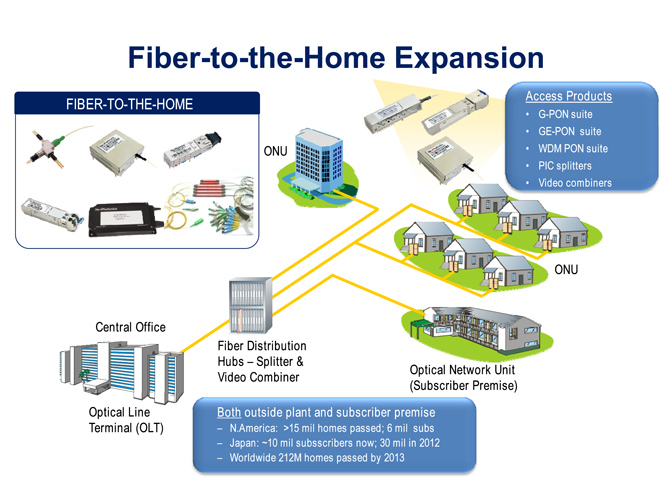 Fiber Optic Transceiver Modules can be applied to these occasions or fields.
Fiber Optic Transceiver Modules can be applied to these occasions or fields.
Ethernet
IPTV
FTTX
Security
Video Monitor
SDH/SONET
Data Communication
Storage Area Networks
SOPTO Products
- Fiber Optic Transceiver Module
- High Speed Cable
- Fiber Optical Cable
- Fiber Optical Patch Cords
- Splitter CWDM DWDM
- PON Solution
- FTTH Box ODF Closure
- PCI-E Network Card
- Network Cables
- Fiber Optical Adapter
- Fiber Optical Attenuator
- Fiber Media Converter
- PDH Multiplexers
- Protocol Converter
- Digital Video Multiplexer
- Fiber Optical Tools
- Compatible
Performance Feature
Stable
Low cost
Small size
Economic
Dust-proof
High speed
Hot-pluggable
Good EMI, EMC
Wide appliaction field
DDM function available
Long transmission distance
Good Anti-static performance
Module Knowledge
Recommended
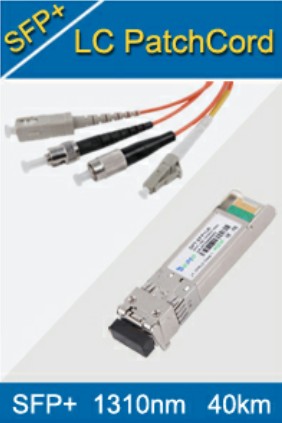
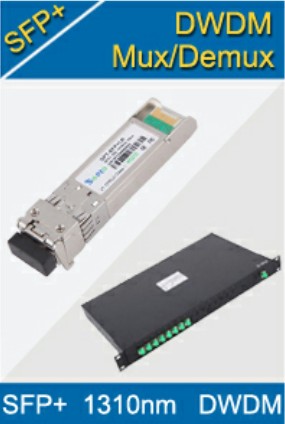
Jitter
1. Jitter generation:
A certain amount of jitter will appear at the output port of any network element (NE), even with an entirely jitter-free digital or clock signal applied to the input, effect known as jitter generation. The NE itself produces this intrinsic jitter, for example due to thermal noise and drift in clock oscillators and clock data recovery circuits. Output jitter is the total jitter measured at the output of a system, specified in unit intervals (UI). One UI corresponds to an amplitude of one clock period, independent of bit rate and signal coding, displays results as a peak-to-peak value or root mean square (RMS) value over a defined frequency range. Peak-to-peak results provide a better measure of the effect on performance, as the extremes can cause errors, whereas RMS values provide information about the average total amount of jitter.
2. Jitter tolerance (maximum tolerable jitter, MTJ):
A measurement that checks the resilience of equipment after the input of jitter, which is required to confirm that the NEs in the transmission system can operate error-free in the presence of worst-case jitter from preceding sections. Jitter tolerance is one of the most important characteristics of the clock recovery and input circuitry of network equipment.
3. Jitter transfer (jitter transfer function, JTF):
A measure of the amount of jitter transferred from the input to the output of the network equipment. JTF is important for cascaded clock recovery circuits in long-distance transmission systems with regenerators and line terminals. In addition, the jitter transfer measurement is required to confirm that cascaded NEs in the transmission system have not amplified the jitter.
Related Knowledge:
Guess Products You May Like:
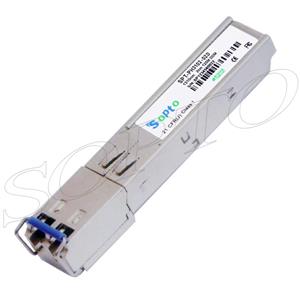 |
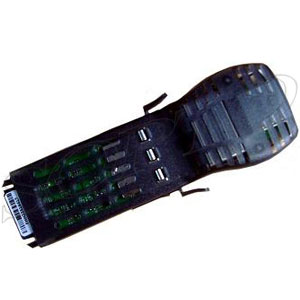 |
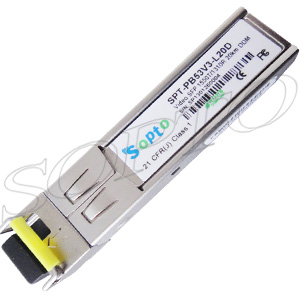 |
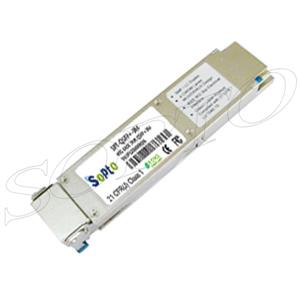 |
| 125M 1310nm 2km SGMII SFP Transceiver Module | 1.25G 1310nm 10km SM DDM GBIC Transceiver Module | 3G 1550/1310nm 20km Video WDM SFP Transceiver | 40G 1270~1330nm 2km QSFP+ Fiber Transceiver Module |






